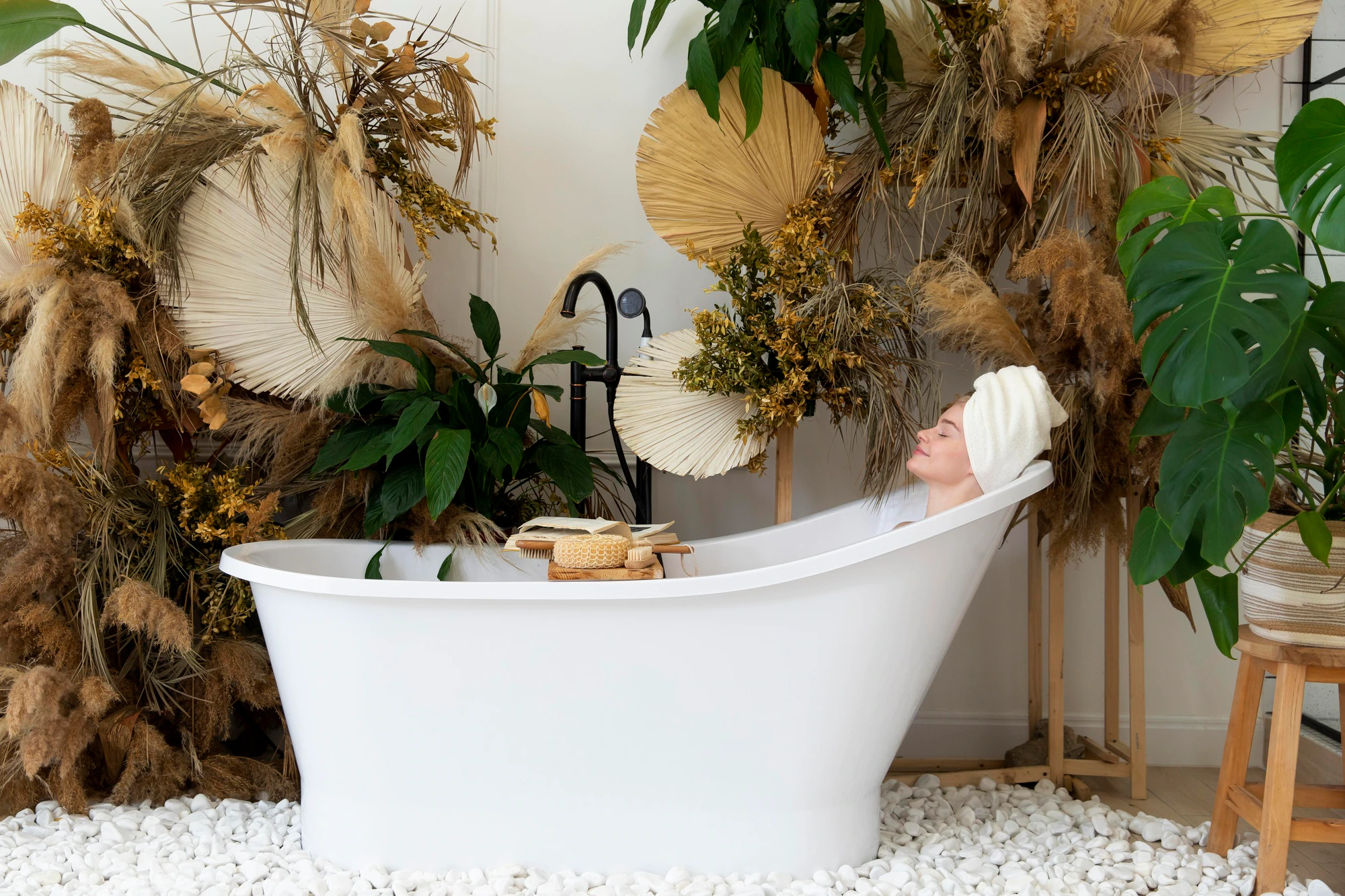6 Reasons You Must Buy a Standalone Bath

A beautiful standalone bathtub is the best way to entirely transform your bathroom’s appearance. Standalone bathtubs are available in so many variations and designs that you can choose one to suit your precise requirements.
But do standalone bathtubs have any drawbacks over built-in or inset bathtubs? This post will examine the benefits and disadvantages of standalone tubs in this article. Although a free standing bath is a striking conversation piece, it typically takes up more room than built-in bathtubs.
Standalone bathtubs are more convenient to use and complement any design style because of the range of forms, dimensions, and shapes available. Nevertheless, if you want to add floor stabilisers, the installation cost could go up, and they might be more challenging to keep clean.
This article has done your homework so you can shop for a standalone bathtub without hassle. Through this article, you’ll learn why buying a free standing bathtub is wise and uncover the factors to consider before buying one.
Whether a bathtub is an inset or freestanding, it offers advantages and disadvantages. This post will concentrate on the aspects of a standalone bathtub you will appreciate the most.
Design
These bathtubs deliver a visually stunning impression. The styles span from traditional to modern. With a standalone bathtub, you may more easily make an impression and transform your bathroom into an exclusive spa.
Variety
The bathtubs are offered in various designs, such as oval, rectangular, and round, and an extensive range of materials, such as copper, acrylic, cast iron, and wood.
Water Depth
Owing to their depth, modern standalone bathtubs are often known as “steeping tubs”. Freestanding soaking bathtubs are available in various depths, ranging from 14 to 25 inches.
Comfort
A standalone bathtub is frequently preferred over an inset tub by many individuals. Naturally, this is contingent on the specific model you purchase.
Installation Fees
Standalone bathtubs usually charge less to build than inset bathtubs. Nevertheless, you might need to install floor support, which raises the expense, if your flooring isn’t strengthened or you intend to put your bathtub on a patio or higher level.
To install a standalone bathtub filler, you may be required to tear down the floor; however, this isn’t necessary for wall or deck-mounted standalone bathtub nozzles.
Planning to Buy a Standalone Bathtub? Here’s What You Must Consider
- Space: You have enough room for a standalone bathtub, so it’s time to go shopping. But take these things into account before you purchase:
- Cost: This is important, as checking a bathtub out of your price range is pointless.
- Composition: Think about how different materials look and what it takes to preserve them.
- Dimensions: When selecting a free standing bath, let bathroom size be your guideline.
- Location: Do you require the piping at a single end of the bathtub? In the centre? Pick a bathtub that complies with your drainage constraints.
- Shape and design: Select a tub’s shape and design based on how you want to utilise it and the aesthetic of your bathroom.
- Weight: If you choose a heavier substance, such as cast iron, ensure your bathroom’s flooring can sustain the poundage. And weight implies whenever the bathtub is full of water.
Since countless years ago, standalone baths have existed in some shape or another. Standalone bathtubs, previously the only option for bathing in a bathroom (imagine clawfoot tubs), went out of style throughout the 20th century as showers gained popularity.
Standalone bathtubs nowadays have an astounding comeback, offering possibilities you hadn’t had before, along with a sense of elegance, design, and functionality. Do you anticipate having one? If so, get one today!





